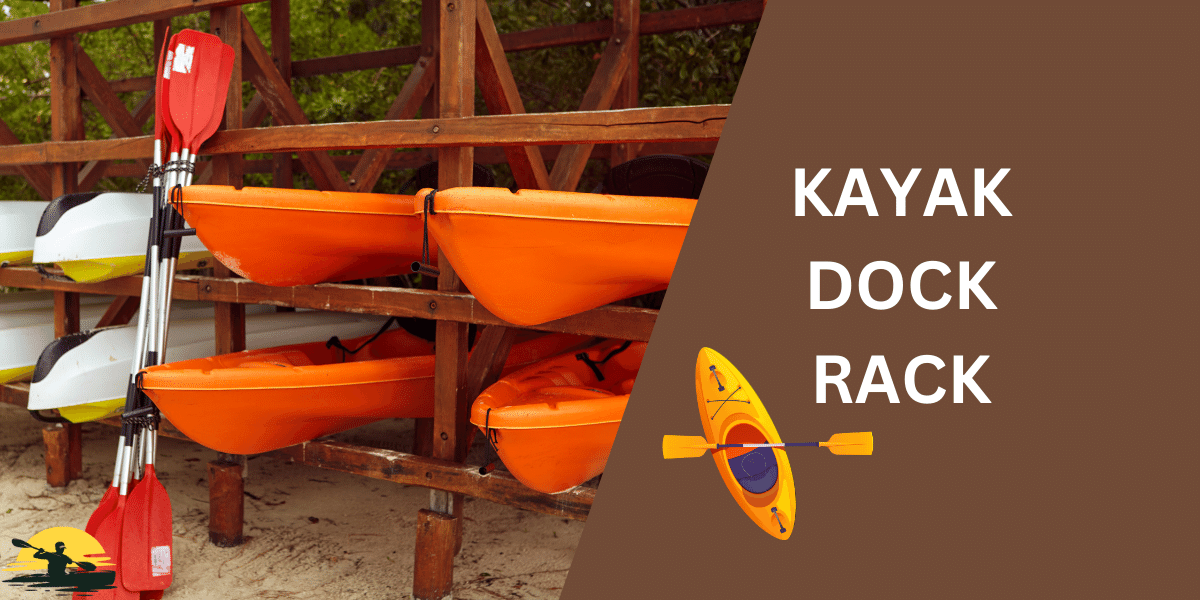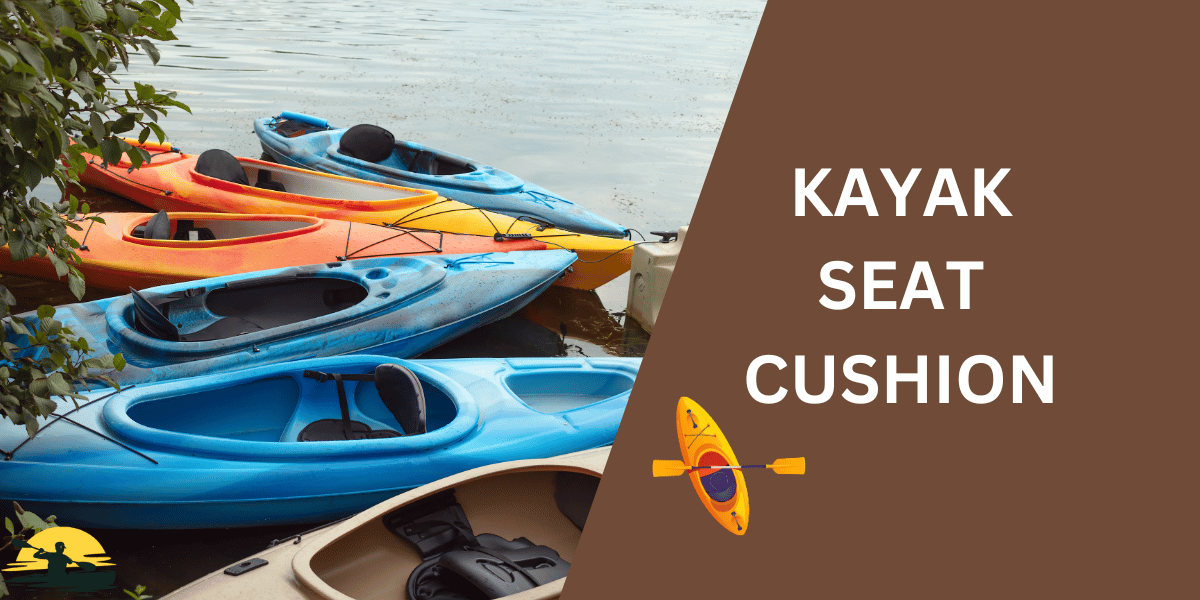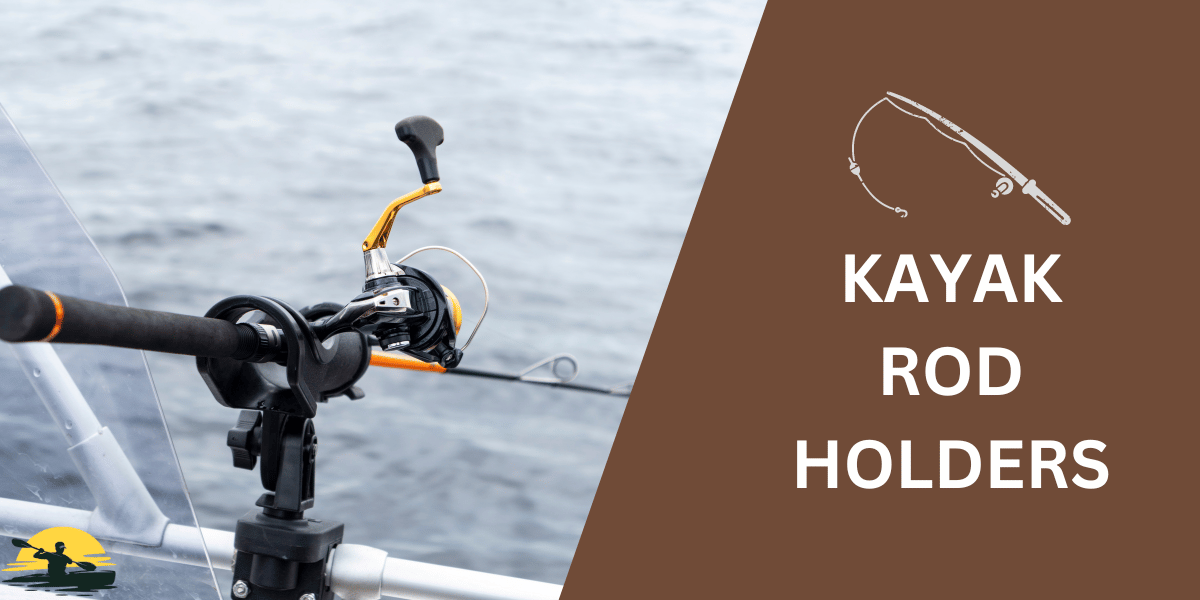
Imagine the freedom: the water stretches before you, inviting you to explore.
You’ve chosen your kayak, but before setting off, you need to know how much your vessel weighs.
This isn’t just about curiosity; kayak weight surprisingly influences your time on the water. Let’s uncover precisely why.
A kayak’s weight varies based on its material, size, and design.
- Plastic kayaks are heavier (40-70 lbs),
- While composite kayaks are lighter (30-50 lbs).
- Inflatable kayaks are the most lightweight (20-35 lbs).
- Solo kayaks generally weigh 35-60 lbs, and tandem kayaks can be over 75 lbs.
Kayak Weights: The Factors at Play
It may not seem important but when you try to move the kayak, you will soon realize how important the kayak weighs is. A lightweight kayak can be versatile and much easier to transport.

The Type of Adventure You Seek: Kayak Design
- Recreational kayaks: Prioritize stability and fun. They’re often shorter and wider and built from heavier but durable materials, making them great for lakes and calm waters.
- Touring kayaks: Sleek and built for efficiency, these kayaks are about covering distances. Lighter materials like carbon fiber are common for better speed and less fatigue on long outings.
- Fishing kayaks: Think of these as floating tackle boxes! They’re stable, with ample storage for gear. They tend to be the heaviest due to their features and wider platforms.
- Whitewater kayaks: Made for tackling rapids and playing in currents, their weight can vary depending on the focus (strength vs. playfulness).
- Inflatable kayaks: The lightweight champions! They pack down for superior portability and offer surprising performance, though weights can vary based on materials.
- Tandem kayaks: Designed for two, tandem kayaks weigh significantly more than single-person kayaks. Consider this when transporting and handling them.
Material Matters: What’s Your Kayak Made Of?
- Plastic (rotomolded): This budget-friendly workhorse is common in recreational kayaks. It offers durability but comes with extra weight.
- Composite (Kevlar, carbon fiber, fiberglass): If speed is the goal, these materials deliver lightness and stiffness, but the price tag reflects that.
- Inflatable (PVC/Nitrylon): These range from ultra-light for backpacking to heavier, more robust models that rival some hard-sided kayaks.
Size Does Play a Role: Length and Width
While the material is a huge factor, longer and wider kayaks usually weigh more, especially sea kayaks, which are generally above average in weight.
This is why short recreational and inflatable kayaks weigh lighter than a sleek but lengthy touring model. How will kayak length affect your experience, and is the added weight worth the extra length?
Accessories and Features
Don’t Forget the Extras…
Seats, pedals, fishing rod holders, and storage compartments add pounds.
Those add-ons might be essential for your activity (think fishing kayak weight vs. just the kayak itself), but keep their weight in mind, especially in larger kayaks.
Putting Kayak Weight into Perspective

So, what does a kayak weigh? Here’s a general idea by type, but remember, material and features play a big role:
- Recreational kayaks: 35-55 lbs (though some can go beyond!)
- Touring kayaks: 25-55 lbs
- Fishing kayaks: 40-120 lbs+ (due to gear and size)
- Whitewater kayaks: 25-50 lbs (depending on style)
- Inflatable kayaks: 15-40 lbs (huge range based on design)
- tandem kayaks: 60-100+ lbs (the average tandem kayak is heavier than you might initially think!)
Why Does Kayak Weight Matter?
- Transport: Are you loading it solo onto your car? Lifting it overhead? Weight matters for safety and practicality. Consider how you’ll most often transport your kayak, and what weight feels manageable by yourself or with help.
- Portaging: Need to carry your kayak over land? A lighter kayak makes those portages between lakes or around river obstacles far less grueling.
- On-water performance: Heavier kayaks can be slower to accelerate, and if maneuverability is key (think whitewater!), weight impacts responsiveness. Kayak weight will affect your experience on the water.
- Storage: At home, are you easily wall-mounting it, or is every trip to the water a workout before you even launch? Storage solutions can help, but factor in the weight of a kayak when considering where it will live when not in use.

Where Weight May Matter Less:
- You always have help with loading and carrying.
- Super short trips where speed isn’t the goal.
- You’ve got a garage or ample storage space.
How to Find Out Your Kayak’s Weight
- Manufacturer websites: These are the most reliable sources with detailed specs provided by the kayak manufacturer. Look here first.
- Retailer listings: This makes comparing models easy.
- Owner’s manual: Perfect if you already own the kayak.

Weight Considerations That Matter
Your Strength and Fitness: Be realistic about your capabilities to avoid injuries, especially when handling the kayak solo. If you have physical limitations, prioritize lighter kayaks or invest in transportation aids.
Transport Solutions: Don’t let kayak weight hold you back. Consider these options to make life easier:
- Cartop racks: Choose systems with rollers for smoother loading.
- Kayak carts: Wheel your kayak to reduce carrying weight.
- Trailers: Ideal for multiple kayaks or heavier models.
Prioritize Your Needs: Weight is important, but it’s not everything. Consider these factors alongside weight when choosing your kayak:
- Comfort: Long paddles demand a comfortable seat.
- Storage: Ensure enough space for essentials like safety gear, snacks, or fishing tackle.
- Desired Activity: Match the kayak design to your intended use (fishing, whitewater, leisurely paddles, etc.).
Does Kayak Weight Really Matter? Let’s Recap
In short, yes! Kayak weight directly affects your overall experience:
- Ease of transport: Affects where and how often you can go kayaking.
- Paddling efficiency: Lighter kayaks generally take less effort to move and keep moving.
- Maneuverability: Essential in whitewater or tight spots.
- Storage and handling: Impacts enjoyment even when you’re off the water.
Weight in the Real World: Examples
- The solo adventurer: A 25-pound inflatable kayak fits in a backpack, letting you hike into remote lakes. A 55-pound recreational kayak might require two people or a cart for comfortable transport.
- The passionate angler: A super-stable fishing kayak loaded with gear could top 100 lbs, while a minimalist, lighter kayak favors easy handling on the water.
- The long-distance paddler: Investing in a carbon fiber touring kayak maximizes efficiency for multi-day trips. Consider a sea kayak, which is designed for expeditions, or find the lightest-weight kayak possible for your trip.

Should You Aim for the Lightest Kayak Possible?
Not necessarily! It depends on your priorities:
Ultra-light kayaks often mean:
- Fewer comfort features (simpler seats)
- Less storage space
- Potential trade-off in durability depending on materials
Heavier kayaks can offer:
- Extra stability (important for beginners or in rough water, like a sea kayak)
- More room for gear
- Sometimes, superior durability (like rugged plastic kayaks)
The Search for Your Ideal Kayak
Consider these questions to strike the right weight balance:
- How will I transport my kayak most often?
- What kind of kayaking will I do primarily?
- What features are non-negotiable (comfy seat, rod holders, etc.)?
- Am I willing to invest in transport aids if needed?

Conclusion
Understanding kayak weight empowers you to choose that best suits your kayaking adventures. While the typical kayak might work well for some, your needs ultimately drive your decision.
It’s a factor worth weighing carefully, but never forget: the “perfect” kayak is the one that gets you out on the water, enjoying the experience to the fullest!
Frequently Asked Questions
How much does a kayak weigh on average?
The average weight of a kayak depends on its type and materials. Recreational kayaks often weigh between 35 and 55 lbs, while a touring kayak might weigh 25 to 50 lbs. Fishing kayaks and inflatable kayaks have the widest weight ranges based on features and construction.
Does the material affect the kayak’s weight?
Yes! Material is a huge factor in how much a kayak weighs. Plastic kayaks are generally the heaviest, while those made from composites like fiberglass and carbon fiber are the lightest. Inflatable kayaks vary, with lighter models ideal for backpacking and heavier ones rivaling hard-sided kayaks.
How much does a fishing kayak weigh?
Fishing kayaks are heavier than other types due to their wider design and added features. When fully loaded with gear, they can range anywhere from 40 lbs to over 100 lbs.
What about the inflatable kayak weight?
Inflatable kayaks are often praised for their portability due to their lighter weight. They range from ultra-light (around 15 lbs) for backpacking to heavier, more robust models weighing upwards of 40 lbs.
Do single kayaks weigh less than tandem kayaks?
Absolutely. Single kayaks are almost always significantly lighter than tandem kayaks designed for two paddlers. Consider this difference when thinking about transport and storage.
Is there a weight limit on kayaks?
Yes, kayaks have a maximum weight capacity, including paddler(s), gear, and any additional weight. This information is crucial for safety and is usually found on the manufacturer’s website or in the kayak’s manual.










